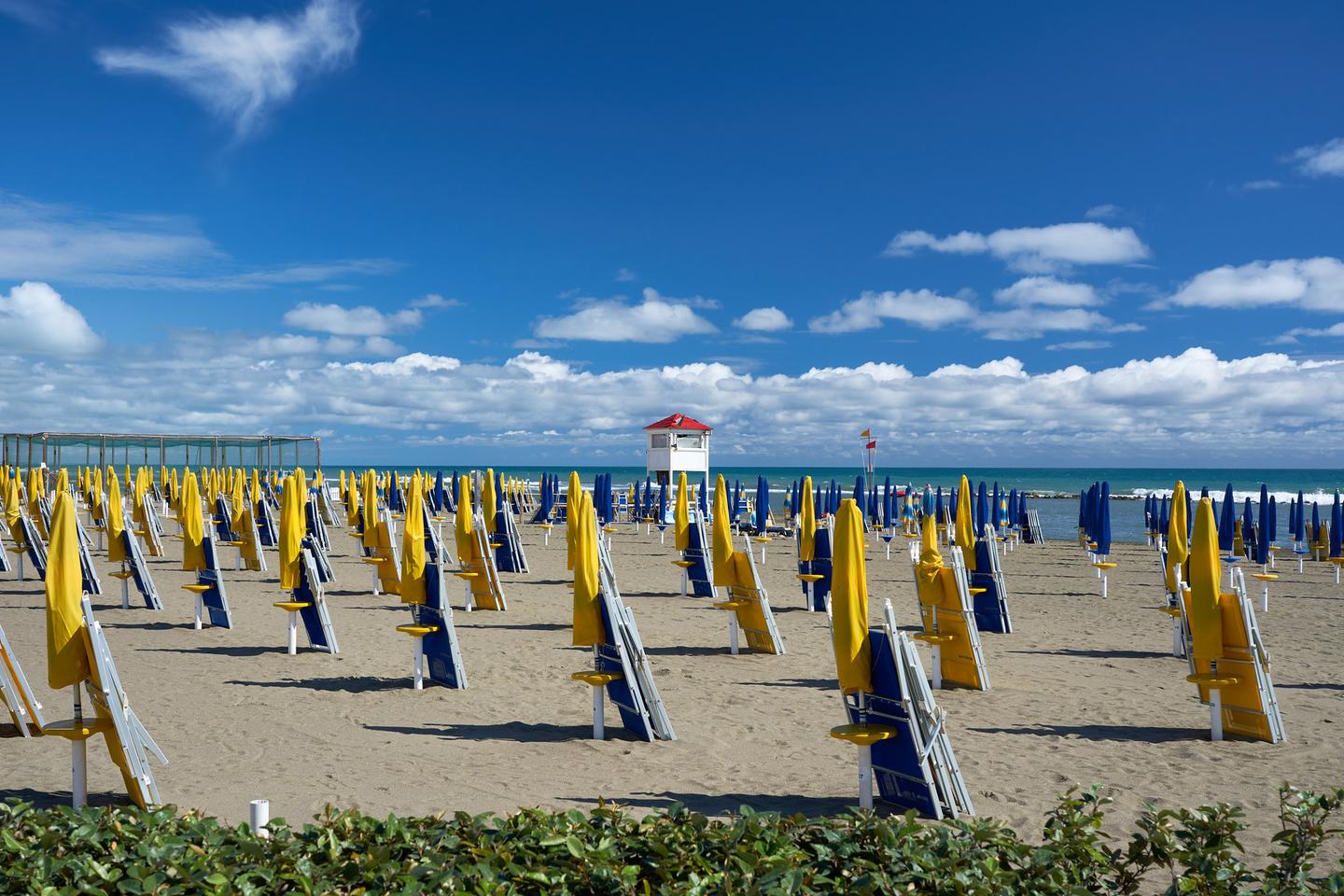Champagne house Taittinger brings bubbles to Kent countryside – Technologist
French has never been so widely spoken in the countryside of Kent, a county in South East London, its green hills dotted with Norman cottages and churches. On September 26, the entire Taittinger family and the directors of the renowned champagne maker of the same name traveled to the heights of the village of Chilham, a few kilometers from Canterbury. There was Pierre-Emmanuel, the father, his daughter, Vitalie, to whom he has appointed running the firm, the financial director and dozens of business partners, bankers, diplomats, French wine specialists and English sparkling wine experts.
The prestigious crowd gathered under a radiant sun at the entrance of the brand-new winery that resembled a luxury spa. In any direction in front of them sprawled nearly 60 hectares of vines at the new Domaine Evremond. In fact, Taittinger was the first champagne producer to try its hand on the other side of the Channel, where, thanks to global warming, vines are becoming increasingly acclimatized. In 2015, it acquired this land previously covered with apple orchards and replanted it with chardonnay, pinot noir and meunier, the royal grape varieties of champagne. The first harvest took place five years ago.
On this special event day, the house tasted its first Classic Cuvée, contained in a bulging bottle with a pretty forest-green neck. “The beverage draws 80% from the 2020 harvest and 20% from 2019,” said wine merchant Patrick McGrath, a long-standing friend of the Taittinger family who has overseen Domaine Evremond since its inception. “Cheers!” Everyone toasted the health of the vineyard, including Sophie, Duchess of Edinburgh, wife of Edward, the youngest brother of King Charles III, who had come to honor the event with her royal presence. In March 2025, 100,000 bottles of Domaine Evremond will be released, exclusively in the UK, for the tidy sum of £50 (€60) each. Taittinger is confident that it will be around for the long haul and intends to increase production to 300,000 or 400,000 bottles a year.
“The wine is fine, elegant, energetic and transparent; you can recognize the Taittinger signature, but it has nothing to do with champagne,” said Pierre-Henry Gagey, one of the greatest names in Burgundy and ex-president of Louis Jadot, now associated with the Evremond project. Yet everything about this beverage is reminiscent of champagne: the vines, of course, the surprisingly similar geology of the soil (flinty chalk) and the vinification method (three years of maturation for a sparkling white wine).
You have 46.88% of this article left to read. The rest is for subscribers only.
